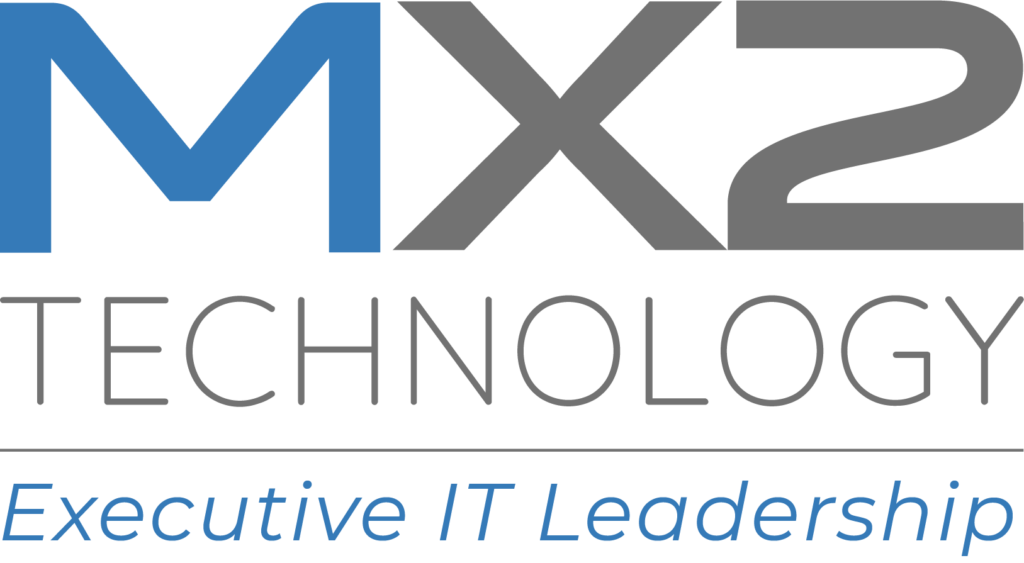The Department of War (DoW) has issued a clear mandate: if your organization handles national security data, you must prove your protection capabilities. For the majority of the Defense Industrial Base (DIB), this means achieving Cybersecurity Maturity Model Certification (CMMC) Level 2: Advanced.
The CMMC Title 48 CFR Final Rule published on September 10, 2025, makes Level 2 the non-negotiable standard for protecting Controlled Unclassified Information (CUI), with contract enforcement beginning November 10, 2025.
The Mandate: Full NIST SP 800-171 Compliance
CMMC Level 2 is the DoW’s verification mechanism for the existing requirements in DFARS 252.204-7012. Achieving Level 2 requires the complete implementation of the 110 security controls from NIST Special Publication (SP) 800-171.
- 110 Controls / 14 Domains: Your security program must address all 110 controls across 14 security families, from Access Control (AC) to System and Information Integrity (SI).
- The SSP is Law: The foundational document for compliance is the System Security Plan (SSP). This document is mandatory and must detail precisely how your organization implements each of the 110 controls.
- Annual Affirmation: Regardless of the assessment type, a designated Affirming Official (senior executive) must annually certify continuous compliance within the SPRS (Supplier Performance Risk System).
The Non-Negotiable Technical Pillars
These controls are high-priority requirements that contractors most frequently overlook or struggle to implement correctly:
- Multi-Factor Authentication (MFA): Mandatory for all local and network access to CUI environments. This is a crucial control for user identity protection.
- FIPS-Validated Encryption: CUI must be protected using cryptography validated against the Federal Information Processing Standards (FIPS) 140-2. This applies to data both at rest and in transit.
- Audit Logging and Time Sync: Requires logging system events, protecting log files from unauthorized access, and ensuring all logs use authoritative time sources for legal accountability.
- Least Privilege: User access must be limited to the minimum set of transactions and functions absolutely required for their role.
- Malicious Code Protection: Requires comprehensive protection, detection, and reporting mechanisms for malicious code, integrated with the Incident Response plan.
The Contractual Reality of Verification
The contract solicitation will specify which of the following two tracks you must follow:
- Self-Assessment Track: Required every three years for CUI deemed non-critical. The self-assessment results must be posted to SPRS.
- C3PAO Certification Track: Required every three years for CUI involved in prioritized, high-risk acquisitions. This involves an audit by a Certified Third-Party Assessment Organization (C3PAO).
The Competitive Imperative
- Pre-Award Requirement: The DoW will not award a contract containing the DFARS 252.204-7021 clause unless your CMMC Status is current and verifiable in SPRS. There are no waivers.
- Conditional Status Window: For CMMC Level 2, you may receive a Conditional Status with a POA&M (Plan of Action and Milestones), but only for minor deficiencies and only for a maximum of 180 days to complete remediation. Failure to meet the 180-day deadline results in the expiration of your status.
Secure Your Contracts: Partner with MX2 Technology
The accelerated timeline and the technical complexity of NIST SP 800-171 implementation demand expert guidance. A single misinterpretation of a control or an error in your SSP can result in immediate contract disqualification.
Don’t let CMMC compliance become a barrier to your business growth. MX2 Technology specializes in guiding defense contractors through every phase of the CMMC journey, from initial CUI scoping to successful C3PAO assessment preparation.
Contact MX2 Technology today to schedule your CMMC consultation and ensure your organization is audit-ready before the November 2025 contract deadline.

